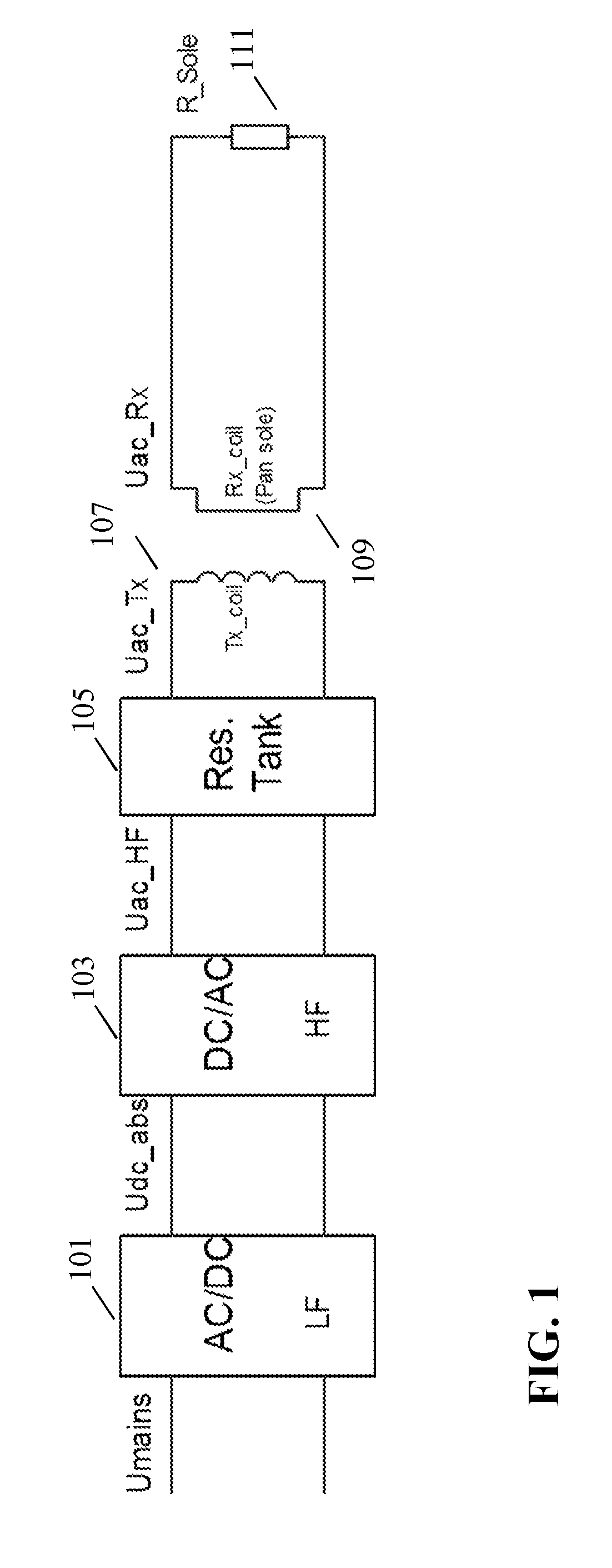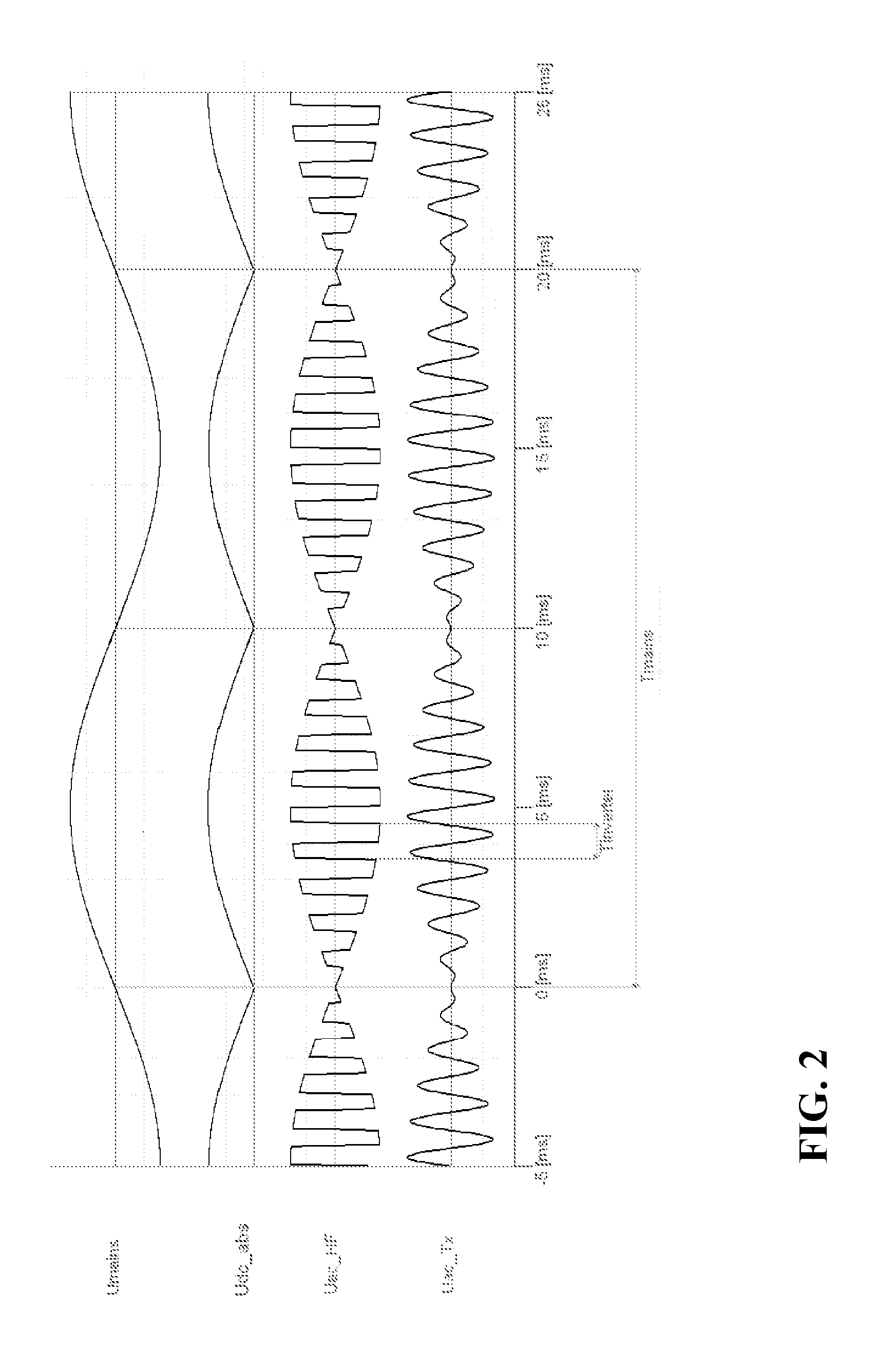Wireless inductive power transfer
a technology of inductive power transfer and wireless, which is applied in the direction of transmission, transformers, inductances, etc., can solve the problems of reducing the impact of operational characteristics of power transfer, reducing the sensitivity of communication to level variations of power source signals, etc., to facilitate implementation, improve performance, and facilitate implementation.
- Summary
- Abstract
- Description
- Claims
- Application Information
AI Technical Summary
Benefits of technology
Problems solved by technology
Method used
Image
Examples
Embodiment Construction
[0142]FIG. 5 illustrates an example of a power transfer system in accordance with some embodiments of the invention. The power transfer system comprises a power transmitter 501 which includes (or is coupled to) a transmitter coil / inductor 503. The system further comprises a power receiver 505 which includes (or is coupled to) a receiver coil / inductor 507.
[0143]The system provides a wireless inductive power transfer from the power transmitter 501 to the power receiver 505. Specifically, the power transmitter 501 generates a power signal which is propagated as a magnetic flux by the transmitter coil 503. The power signal may typically have a frequency between around 20 kHz to 200 kHz. The transmitter coil 503 and the receiver coil 507 are loosely coupled and thus the receiver coil picks up (at least part of) the power signal from the power transmitter 501. Thus, the power is transferred from the power transmitter 501 to the power receiver 505 via a wireless inductive coupling from th...
PUM
 Login to View More
Login to View More Abstract
Description
Claims
Application Information
 Login to View More
Login to View More - R&D
- Intellectual Property
- Life Sciences
- Materials
- Tech Scout
- Unparalleled Data Quality
- Higher Quality Content
- 60% Fewer Hallucinations
Browse by: Latest US Patents, China's latest patents, Technical Efficacy Thesaurus, Application Domain, Technology Topic, Popular Technical Reports.
© 2025 PatSnap. All rights reserved.Legal|Privacy policy|Modern Slavery Act Transparency Statement|Sitemap|About US| Contact US: help@patsnap.com



